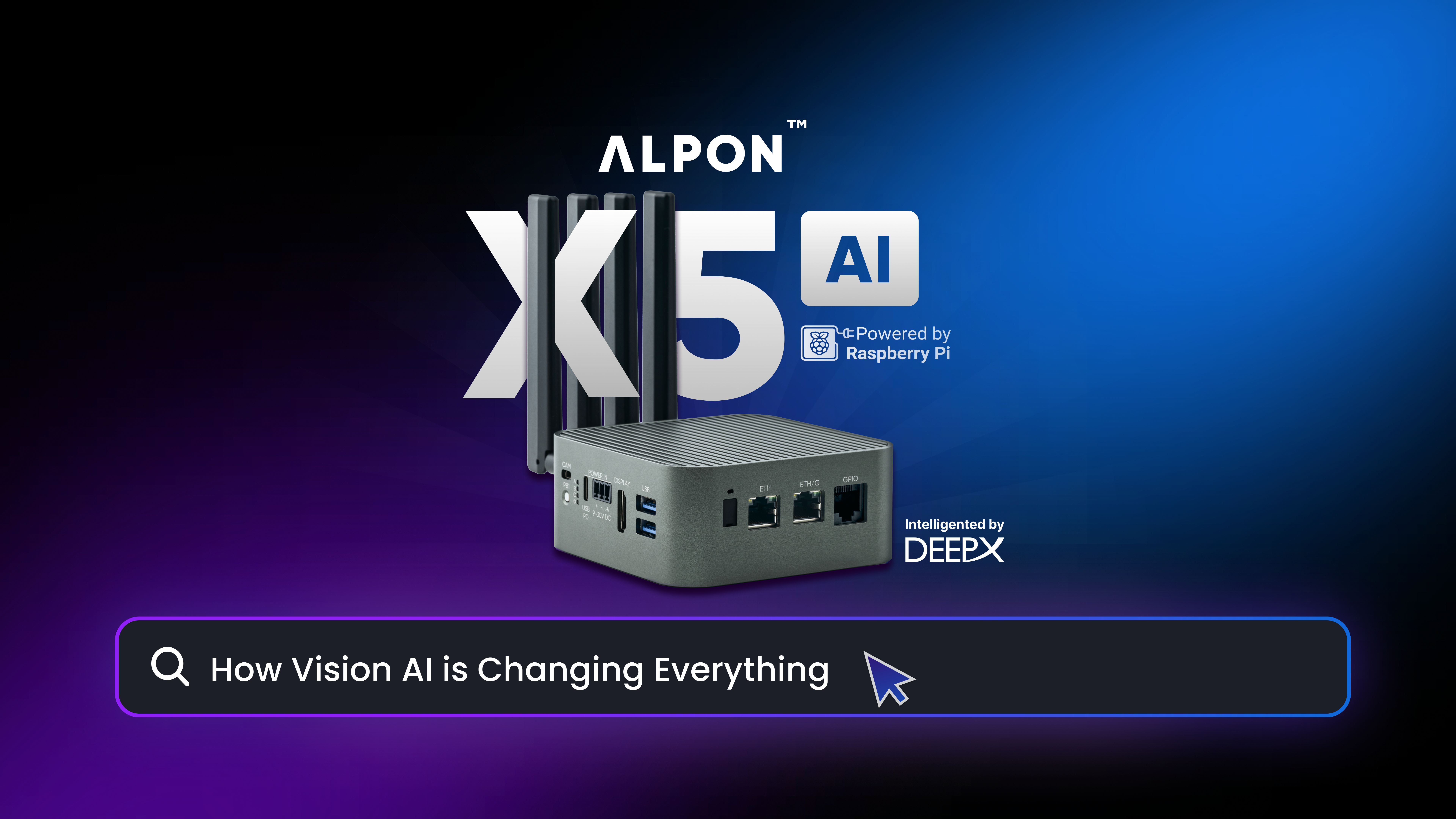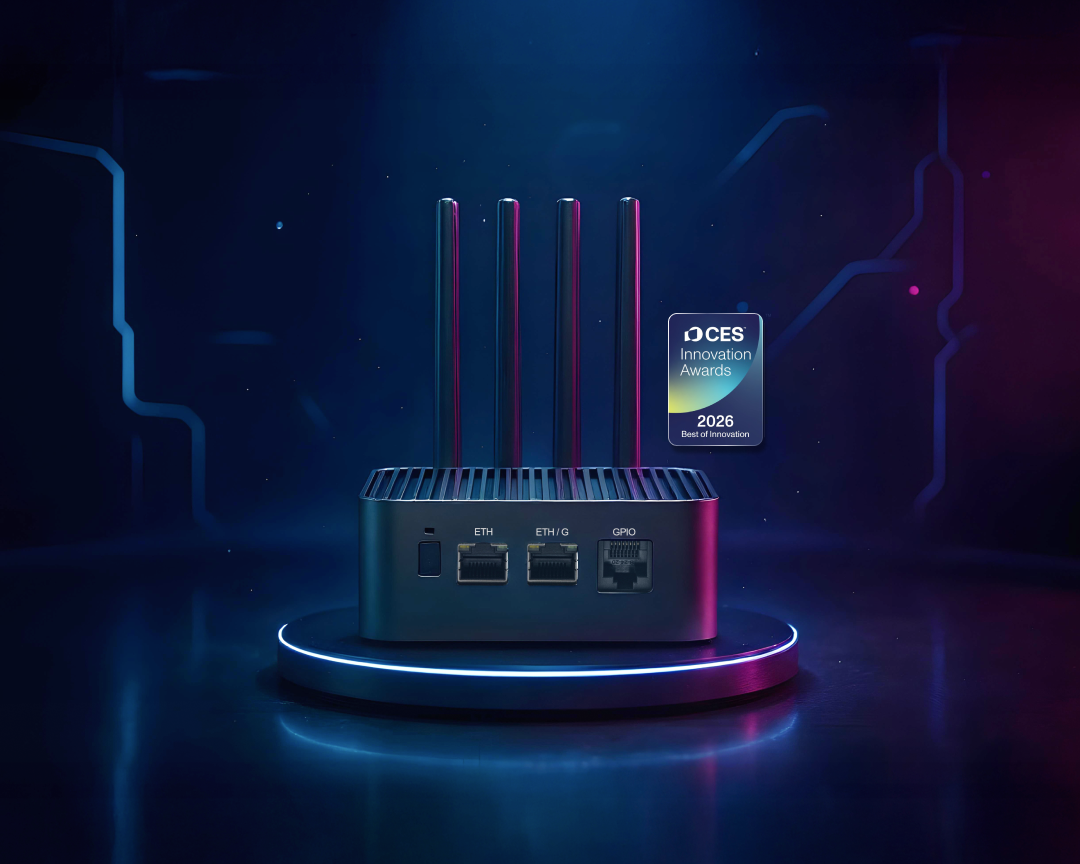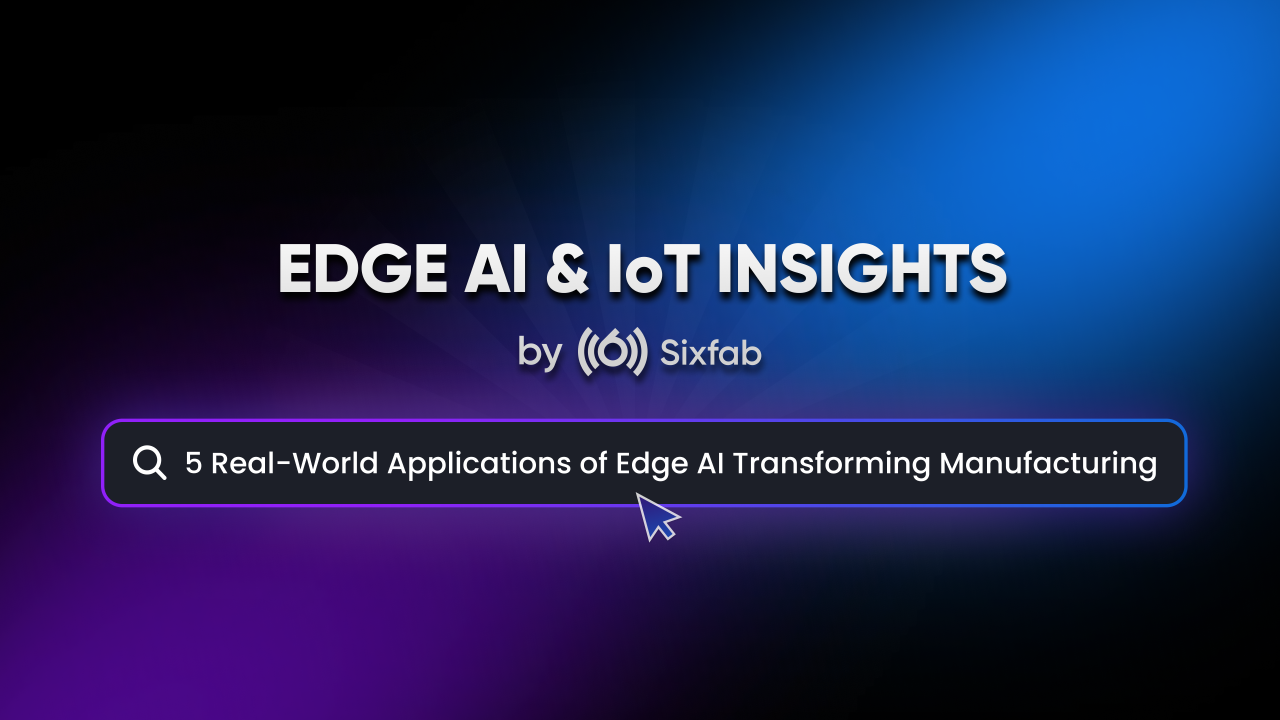The Internet of Things (IoT) is rapidly transforming our world. The number of IoT devices worldwide is forecast to almost double from 15.1 billion in 2020 to more than 29 billion IoT devices in 2030 [1]. From smart homes and wearables to industrial automation and connected cities, a vast network of edge devices is continuously collecting and sharing data. This connectivity, however, wouldn’t be possible without a crucial element: connectivity protocols. These protocols act as the language, defining how devices communicate with each other and the cloud.
Choosing the right connectivity protocol for your IoT edge device can be a daunting task. With a multitude of options available, each with its own strengths and weaknesses, navigating this maze can feel overwhelming. This blog post aims to demystify the selection process, helping you choose the perfect protocol for your specific IoT device.
Understanding Your Needs: Key Questions to Answer
Before diving into the world of protocols, it’s essential to understand the unique needs of your IoT edge device. Here are some key questions to consider:
Purpose: Different applications demand different functionalities. Whether it’s data collection, remote control, asset tracking, or environmental monitoring, the intended use case will dictate the choice of protocol. What is the primary function of your device? Is it for data collection (e.g., temperature sensor), remote control (e.g., smart plug), or something else entirely?
Data Volume and Frequency: How much data will your device transmit, and how often? Is it real-time data requiring constant updates, or infrequent readings suitable for batch transfers? Understanding the data traffic patterns will influence the selection of a protocol that aligns with your bandwidth requirements.
Operating Range: How far do your devices need to communicate? Do they operate within a short range (e.g., a smart home) or require long-distance connections (e.g., industrial sensors)?
Power Constraints: Is your IoT device battery-powered, necessitating energy-efficient protocols to prolong battery life, or does it have access to continuous power?
Security: How sensitive is the data your device transmits? Does it require robust security measures or basic protection? Depending on the sensitivity of the data being transmitted, you may require robust security measures to safeguard against unauthorized access and data breaches.
Budget: What is your budget for connectivity? Consider the cost associated with different protocols, including hardware, software, and any network charges.
Matching Needs with Protocols: A Look at Common Options
Now that you understand your device’s needs, let’s explore some common connectivity protocols catering to specific requirements:
Prioritizing Speed and Bandwidth: Cellular Networks
As the Internet of Things (IoT) explodes, the need for constant communication and data exchange between devices becomes ever more critical. In this data-driven landscape, speed and bandwidth reign supreme. Cellular networks have stepped up to the challenge, evolving from 4G to the more efficient 4G/LTE and now, the game-changing 5G. Let’s dive into these technologies and explore how they prioritize speed and bandwidth to empower your IoT applications.
4G: The Foundation for Faster Data
Launched in the late 2000s, 4G marked a significant leap from its predecessor, 3G. It introduced:
- Improved Technologies: 4G utilizes technologies like IP Multimedia Subsystem (IMS) and Orthogonal Frequency-Division Multiplexing (OFDM) for more efficient data transfer compared to 3G’s packet switching.
- Speed Boost: 4G boasts theoretical download speeds of up to 100 Mbps, a massive jump from 3G’s 2 Mbps. This translates to smoother web browsing, faster downloads, and the ability to support basic video streaming.
- Lower Latency: While not a dramatic improvement over 3G, 4G offered slightly lower latency, allowing for more responsive real-time applications like video conferencing.
4G paved the way for the mobile internet experience we know today, but as data demands grew, the need for even greater speed and bandwidth became evident.
4G/LTE: Refining the 4G Standard
4G/LTE, a further advancement of 4G, builds upon the foundation laid by its predecessor, offering several key improvements:
- Enhanced Efficiency: LTE utilizes advanced techniques for better spectrum utilization and network performance, squeezing more data through existing infrastructure.
- Speed Surge: LTE offers even faster theoretical download speeds exceeding 100 Mbps in ideal conditions, further enhancing the user experience for data-intensive applications.
- Increased Network Capacity: LTE can handle a significantly larger number of connected devices compared to standard 4G, crucial for the ever-expanding world of IoT.
4G/LTE remains the dominant cellular technology for many IoT applications today. It provides the necessary speed and bandwidth for real-time data transfer, critical operations, and applications like:
- Remote monitoring and control of industrial processes.
- High-definition security camera footage transmission.
- Real-time data collection from connected sensors in agriculture or environmental monitoring.
5G: Ushering in a New Era
5G, the latest cellular network generation, promises a quantum leap in speed and bandwidth, completely redefining what’s possible:
- Ultra-Fast Speeds: Theoretical download speeds exceeding 10 Gbps, enabling applications unimaginable with previous generations. Imagine downloading massive datasets or high-resolution files in seconds.
- Ultra-Low Latency: 5G offers significantly lower latency than 4G/LTE, making real-time communication virtually instantaneous. This is critical for applications requiring split-second reactions.
- Massive Network Capacity: 5G can handle a mind-boggling number of connected devices simultaneously, paving the way for the true flourishing of the Internet of Things (IoT).
While 5G deployment is still ongoing, it holds immense potential for future IoT applications that demand:
- High-definition video streaming in real-time, like remote surgery or drone surveillance
- Ultra-reliable and low-latency machine-to-machine communication for industrial automation and control systems.
- Mission-critical applications requiring near-instantaneous response times, like connected vehicles and smart grids.
Focusing on Power Efficiency: Low-Power Wide-Area Networks (LPWANs)
LPWANs are a group of protocols designed for battery-powered devices that transmit small amounts of data over long distances. They are ideal for applications like remote environmental monitoring, asset tracking, and smart agriculture. Popular LPWAN protocols include:
- LoRaWAN: Offers a long range (up to several kilometers) with low power consumption.
- Sigfox: Similar range to LoRaWAN but with a simpler network architecture.Operating in the unlicensed ISM bands, Sigfox provides low-power, long-range connectivity with minimal infrastructure requirements, catering to applications such as metering, logistics, and environmental monitoring.
- NB-IoT: As a cellular-based LPWAN technology, Narrowband IoT (NB-IoT) utilizes existing cellular infrastructure to enable efficient connectivity for a wide range of IoT devices, particularly in areas with cellular coverage.
- NB-Fi (Narrowband Fidelity): Open-standard protocol designed for secure, bidirectional communication in IoT applications. It operates in the unlicensed sub-GHz frequency band, offering a balance between range, power consumption, and cost-effectiveness.
Sigfox excels in scenarios where devices transmit small, non-repetitive data without requiring acknowledgments. On the other hand, LoRaWAN demonstrates its reliability in transmitting larger data payloads. Additionally, NB-Fi is particularly suitable for acknowledged transmissions of small data packets[3].
However, LPWANs also have limitations compared to cellular networks:
- Lower Bandwidth: LPWANs are optimized for small data packets, not large file transfers or real-time data streams.
- Potential for Higher Latency: Data transmission can be slower compared to cellular networks.
Keeping it Local: Short-Range Connectivity Options
For devices operating within a limited range, such as within a smart home or a building automation system, short-range connectivity protocols offer a low-power and cost-effective solution. Some popular options include:
- Wi-Fi: Widely available and offers high bandwidth for data-intensive applications within a home or office network.
- Bluetooth Low Energy (BLE): Designed for low-power consumption, BLE is commonly used for proximity sensing, indoor navigation, and wearable devices, where intermittent data exchange is sufficient.
- Zigbee: Mesh networking protocol ideal for creating large networks of interconnected devices. Zigbee boasts self-healing mesh networks, where devices can relay data to each other. This extends the signal’s reach and bypasses obstacles, making it a perfect fit for smart homes and building automation where reliable communication is crucial. However, with a large number of devices, such mesh networks can become intricate, and some configurations might benefit from a central hub for streamlined communication[4].
However, short-range connectivity has limitations compared to cellular networks:
- Limited Range: These protocols operate within a short distance (typically tens of meters) and won’t work for devices outside their range.
- Reliance on a Gateway: Many short-range protocols require a central hub (gateway) to connect to the internet, which can be a point of failure.
Remote and Challenging Environments
While other connectivity options dominate many IoT applications, satellite connectivity emerges as a powerful solution for devices in remote locations. Unlike its terrestrial counterparts, satellite connectivity reaches even the most far-flung corners of the earth, ideal for applications like environmental monitoring in remote areas or maritime communication across oceans.
This makes satellite connectivity a game-changer for:
- Remote Environmental Monitoring: Sensors in isolated locations can transmit data on weather patterns, wildlife migration, or natural resource management.
- Maritime Communication: Ships at sea can maintain constant communication for navigation, safety, and operational efficiency.
- Disaster Management: During emergencies, satellite connectivity can be crucial for coordinating relief efforts and damage assessment in areas with damaged terrestrial infrastructure.
Choosing the Right Protocol for Your IoT Needs
The vast and ever-growing world of IoT devices relies on a variety of connectivity protocols to function. By understanding your device’s specific needs – data requirements, power constraints, range, security, and budget – you can make an informed decision when selecting the ideal protocol.
The Future is Bright with Cellular Network Options
As 5G deployment expands, it will undoubtedly play a major role in future IoT applications demanding ultra-fast speeds, ultra-low latency, and massive network capacity. However, for many current and near-future IoT deployments, 4G/LTE remains a powerful and versatile solution.
In conclusion, the realm of IoT connectivity presents a diverse landscape of protocols, each catering to specific needs and use cases. Whether seeking speed and bandwidth through cellular networks like 4G LTE and 5G, or opting for short-range connectivity options, the choice ultimately hinges on aligning requirements with protocol capabilities. By making informed decisions and leveraging Sixfab cellular connectivity solutions, you can unlock new possibilities for innovation and efficiency in your IoT deployments.
Ready to take your IoT project to the next level? Explore Sixfab cellular connectivity solutions today and transform your ideas into reality. Click here to get started!
Bibliography
[1] Number of IoT connected devices worldwide 2019-2023, with forecasts to 2030; Published by Lionel Sujay Vailshery, Jul 27, 2023. source
[2] Cellular Network Types, by William Goddard, May 21, 2021. source
[3] Performance Comparison of NB-Fi, Sigfox, and LoRaWAN, by Polina Levchenko, Dmitry Bankov, Evgeny Khorov, and Andrey Lyakhov, 2022. source
[4] Types of IoT Connectivity & How to Choose the Right Technology, by Boris Dinkevich, March 14, 2024. source



